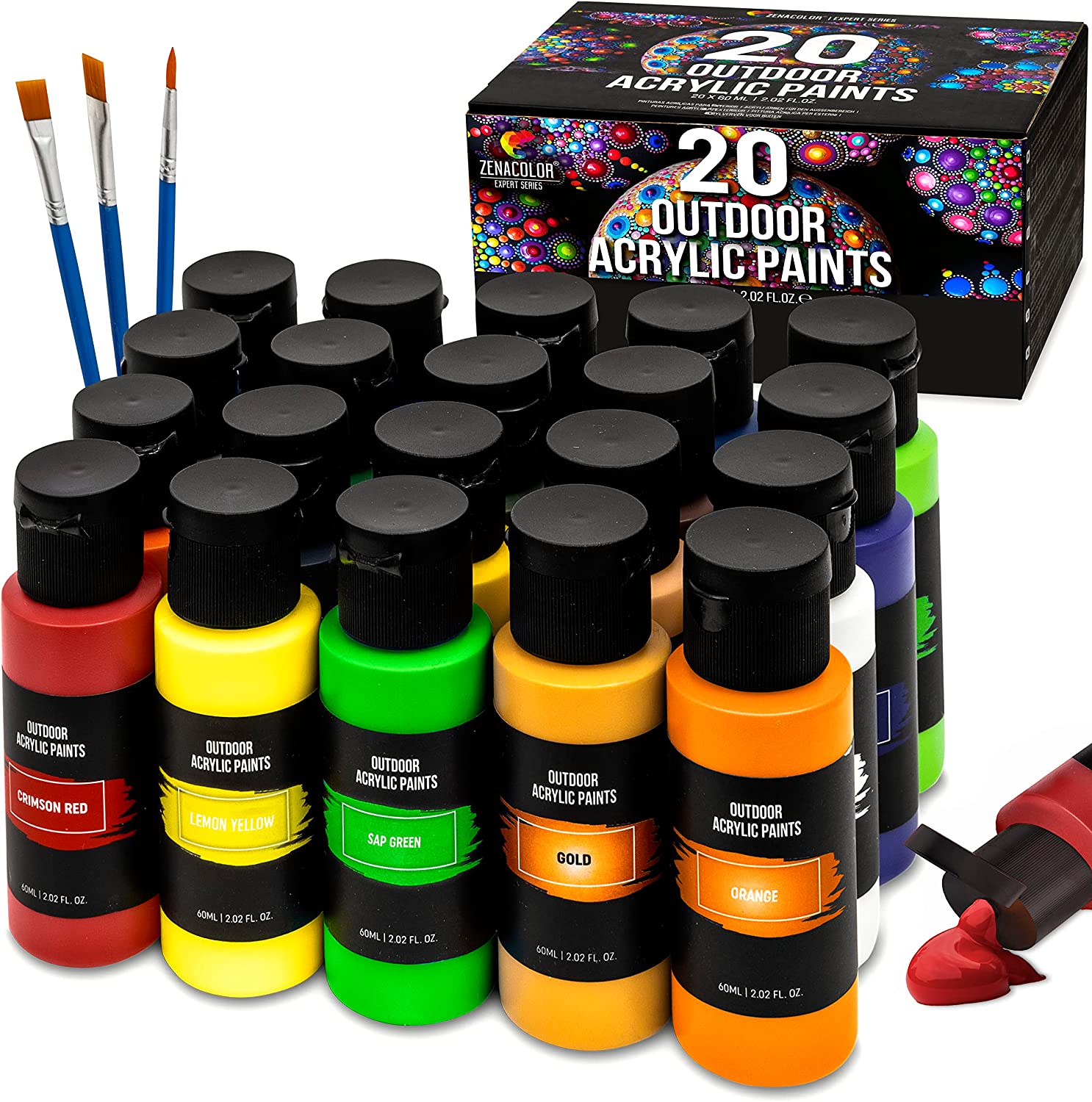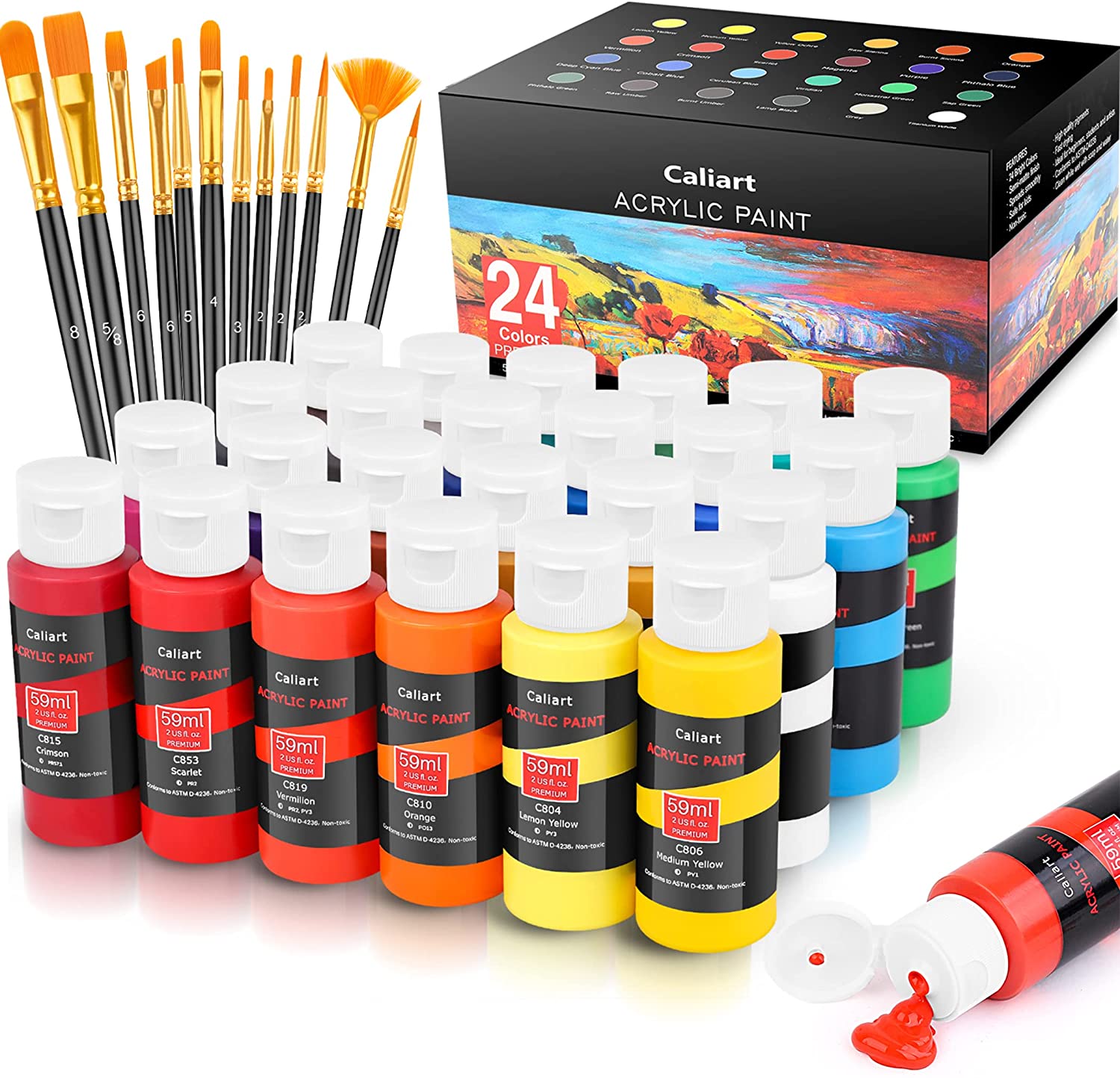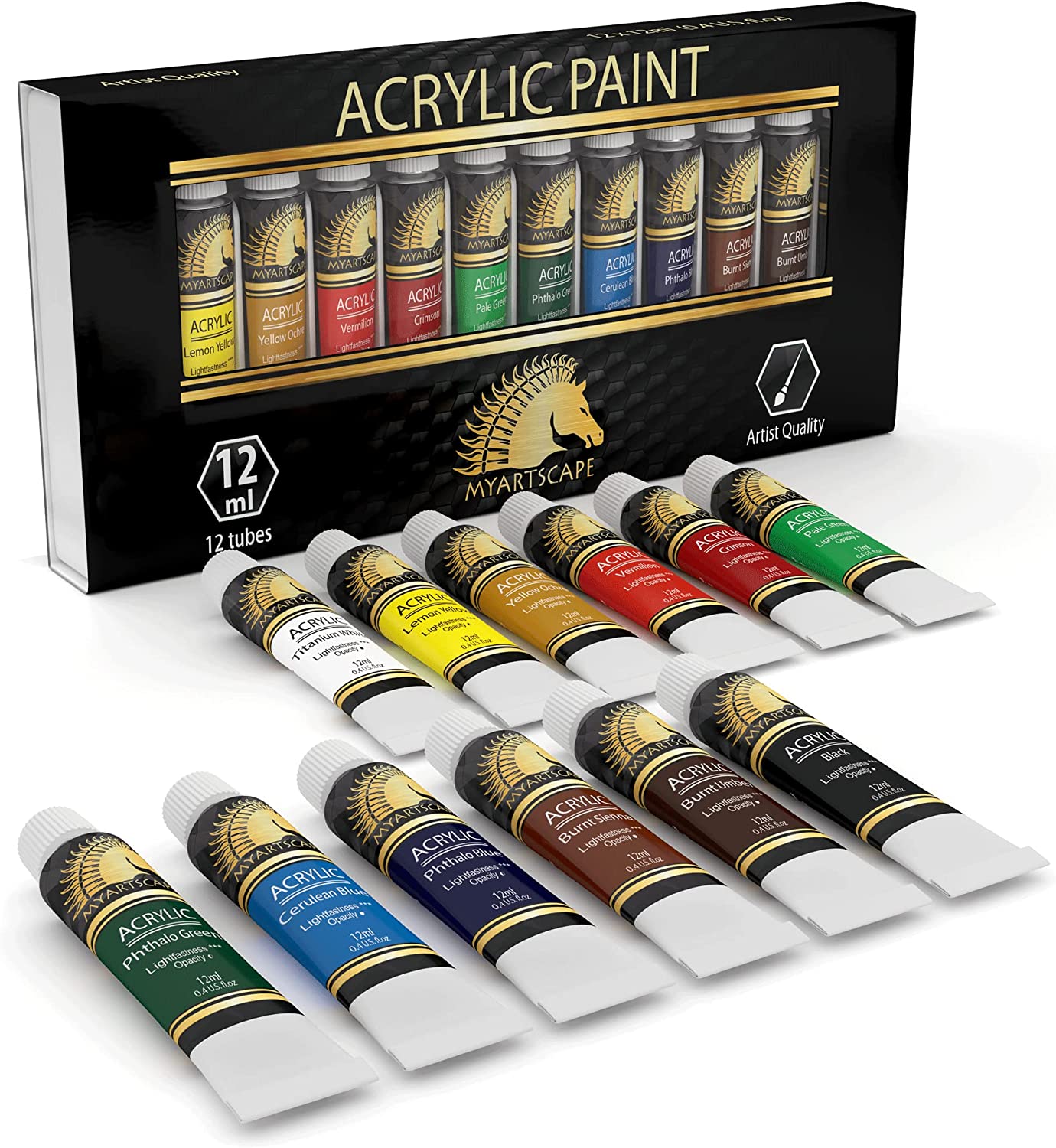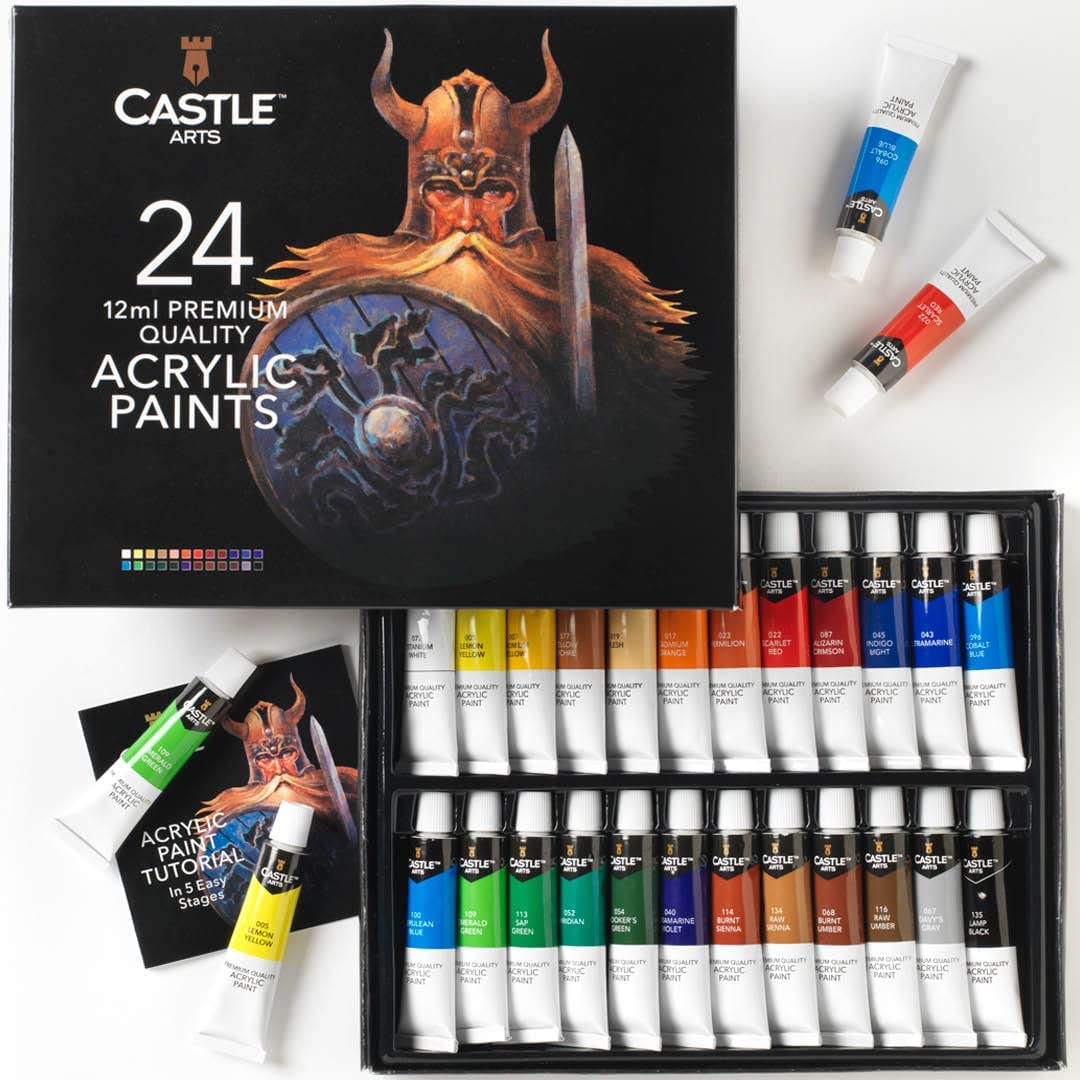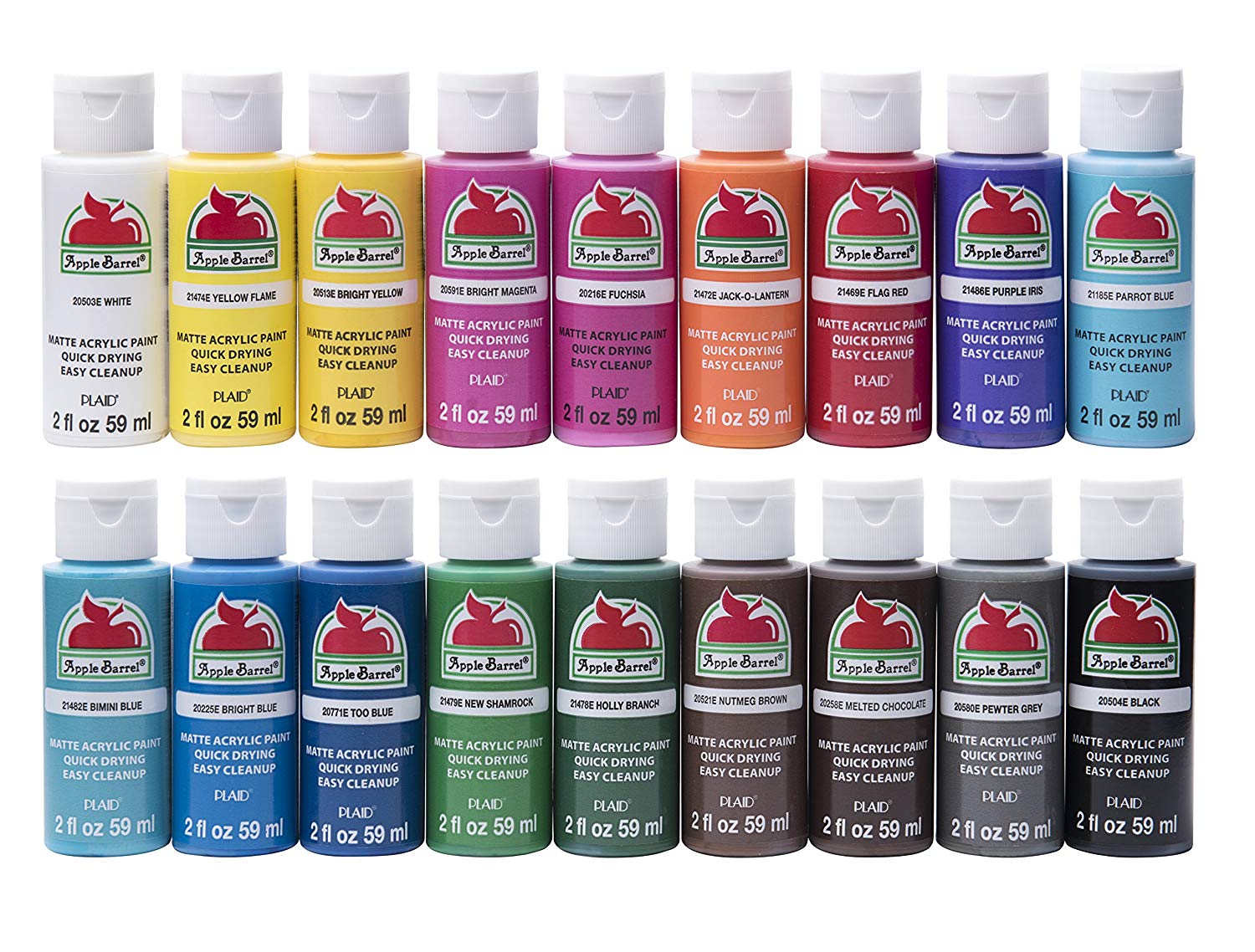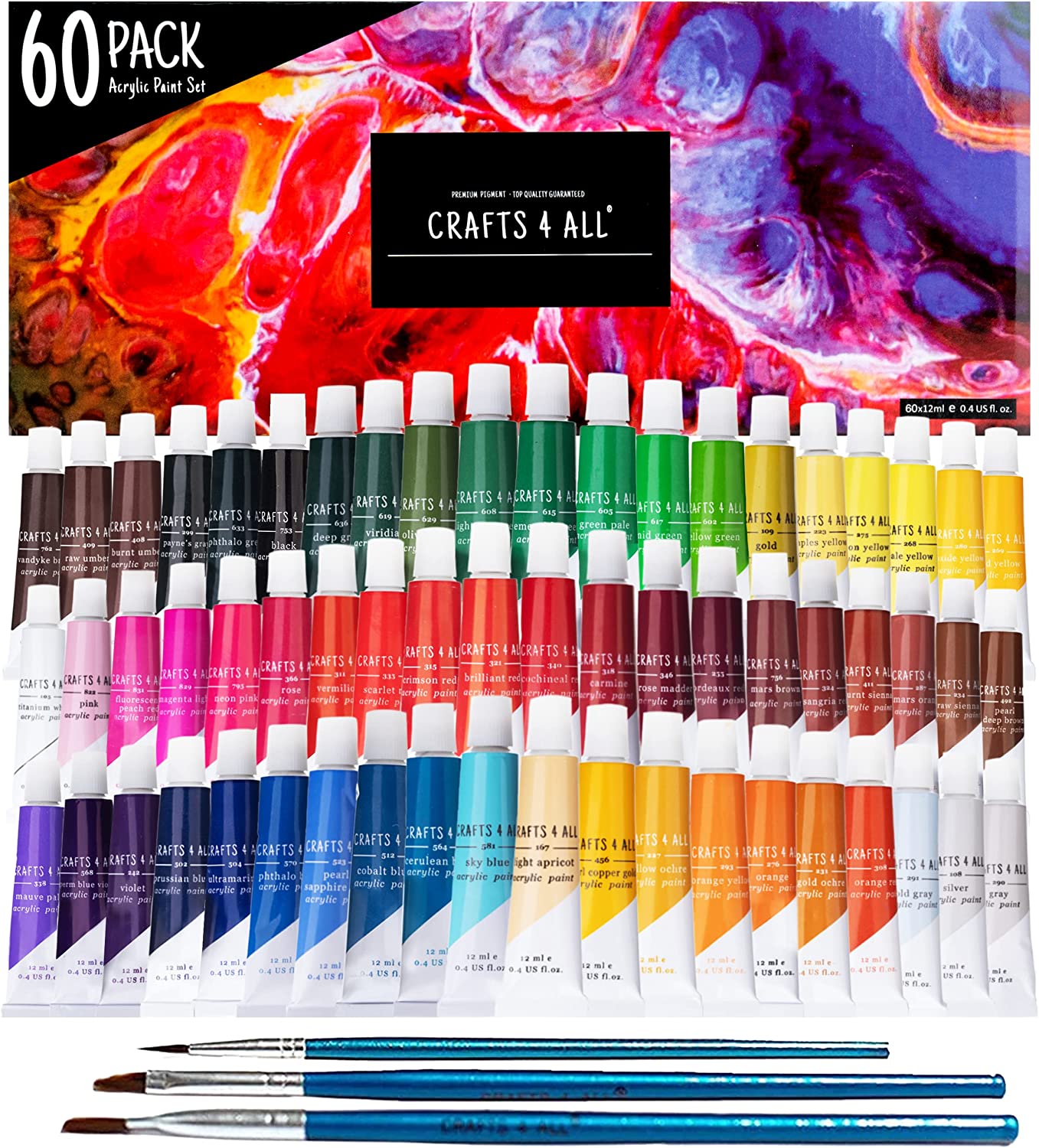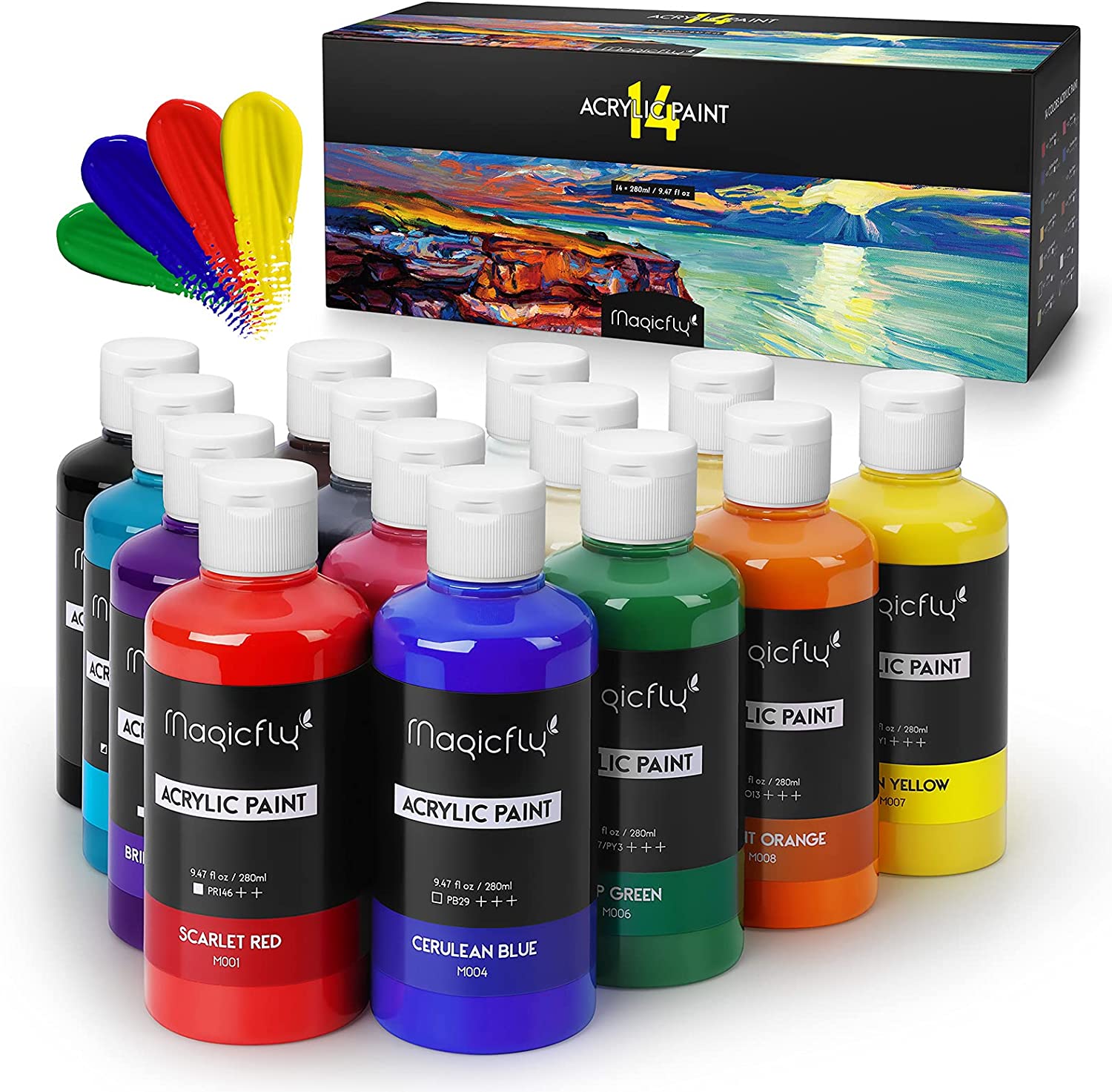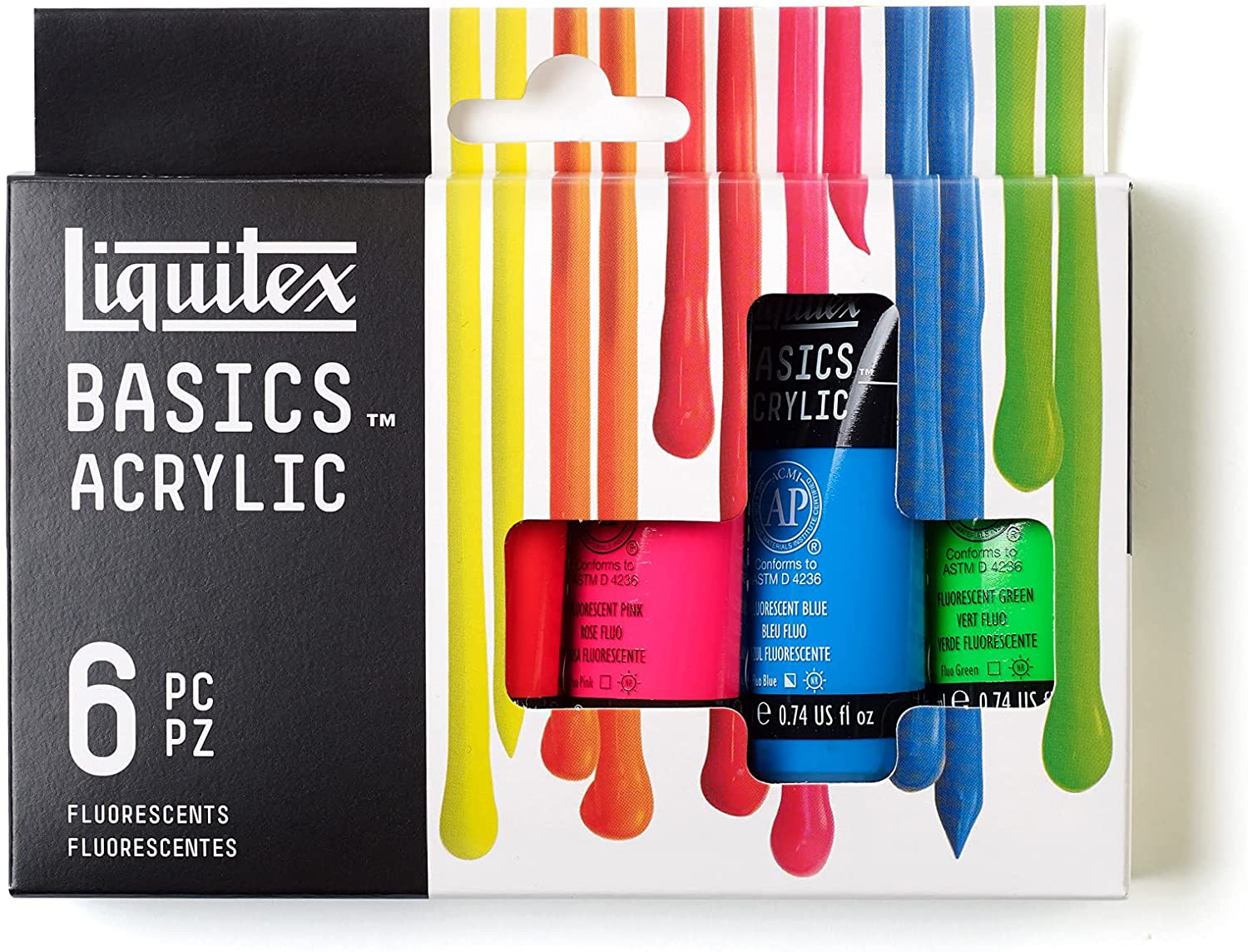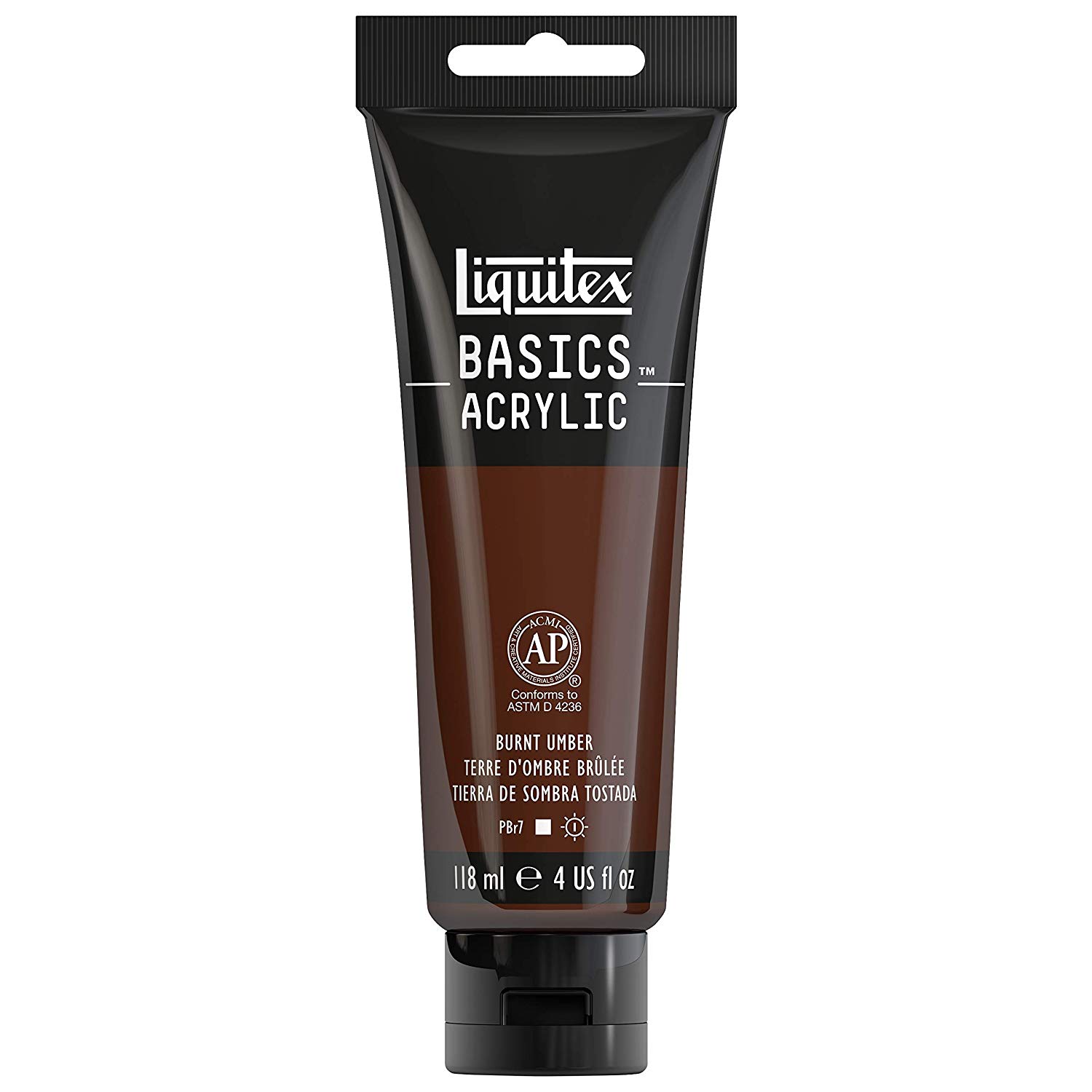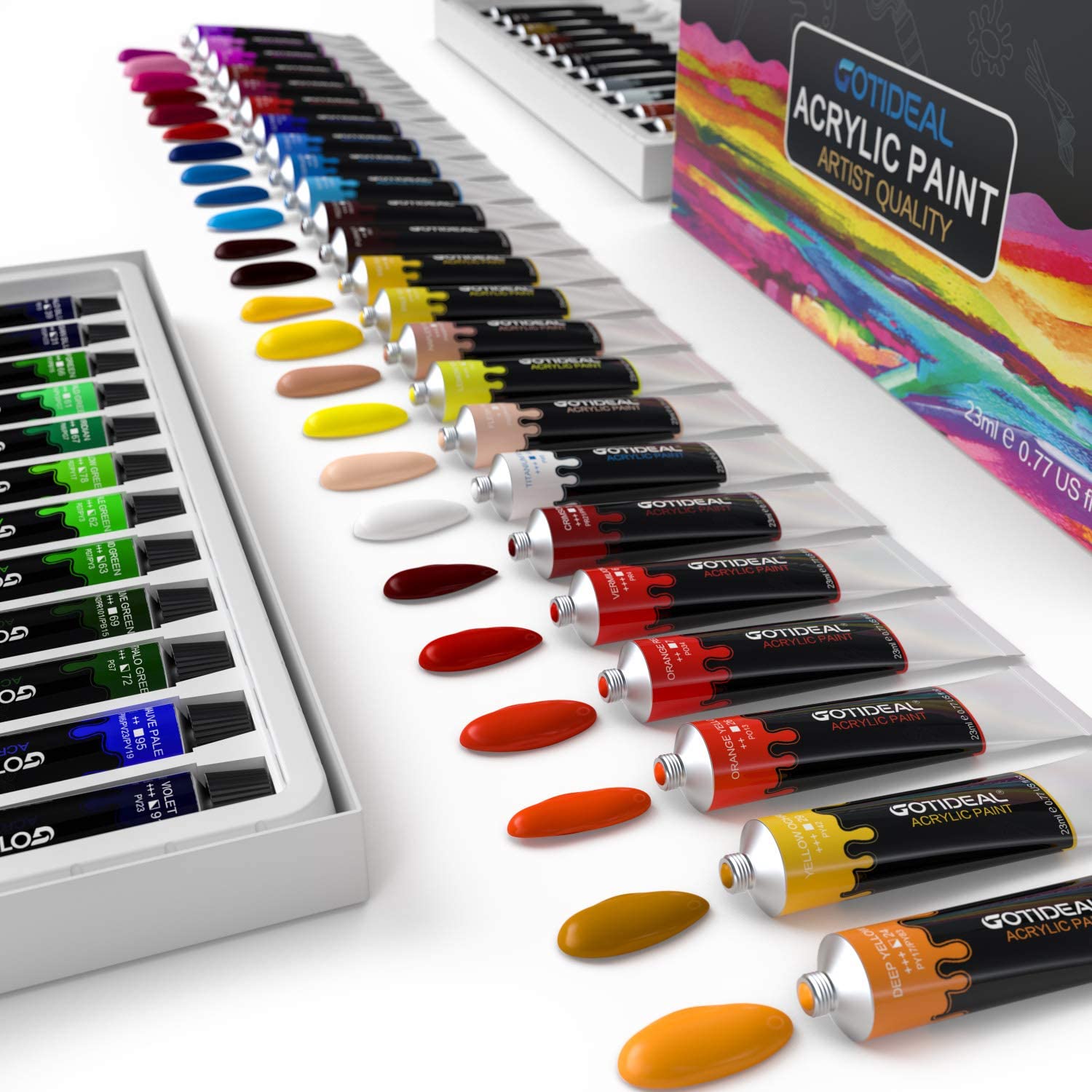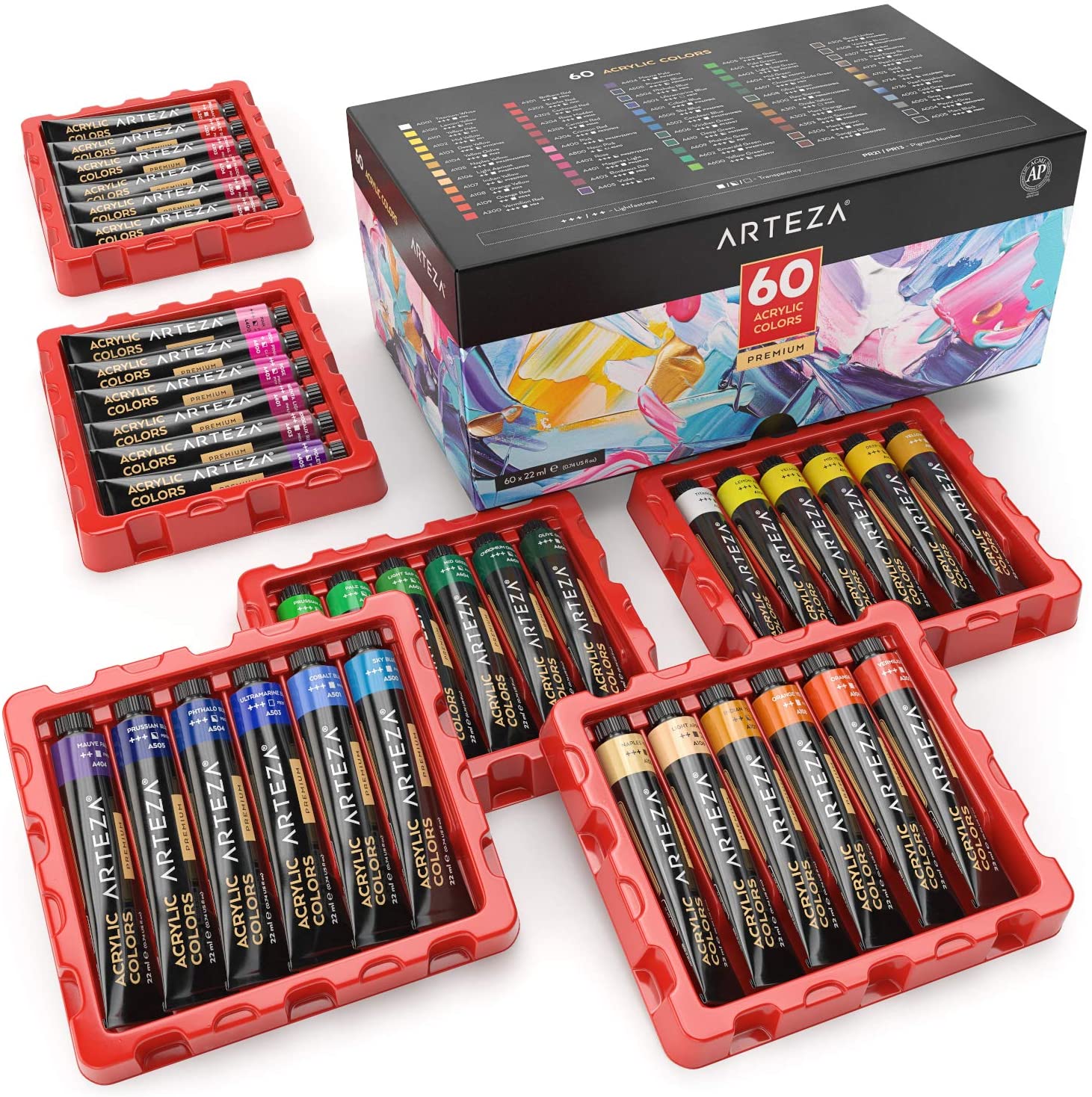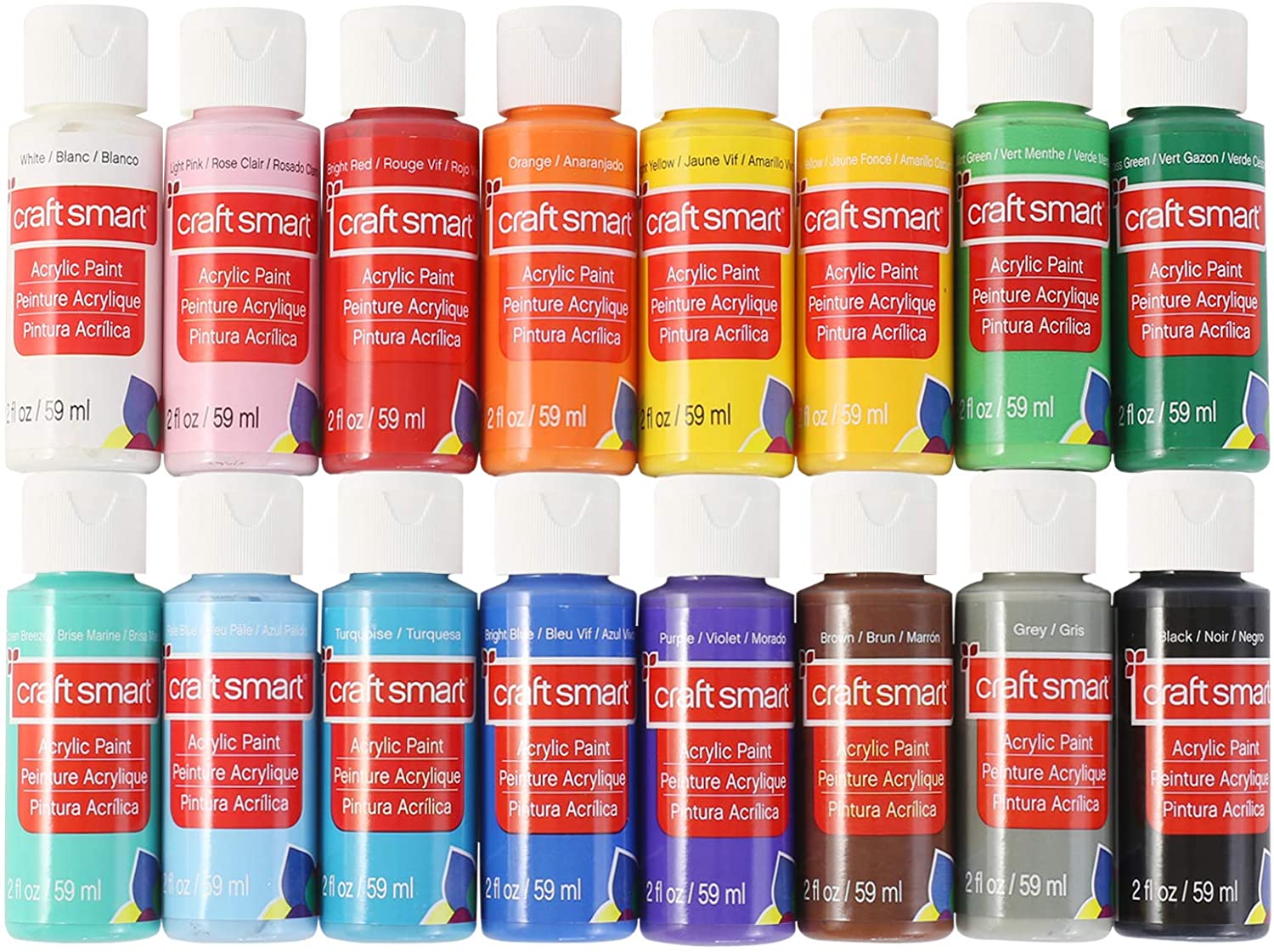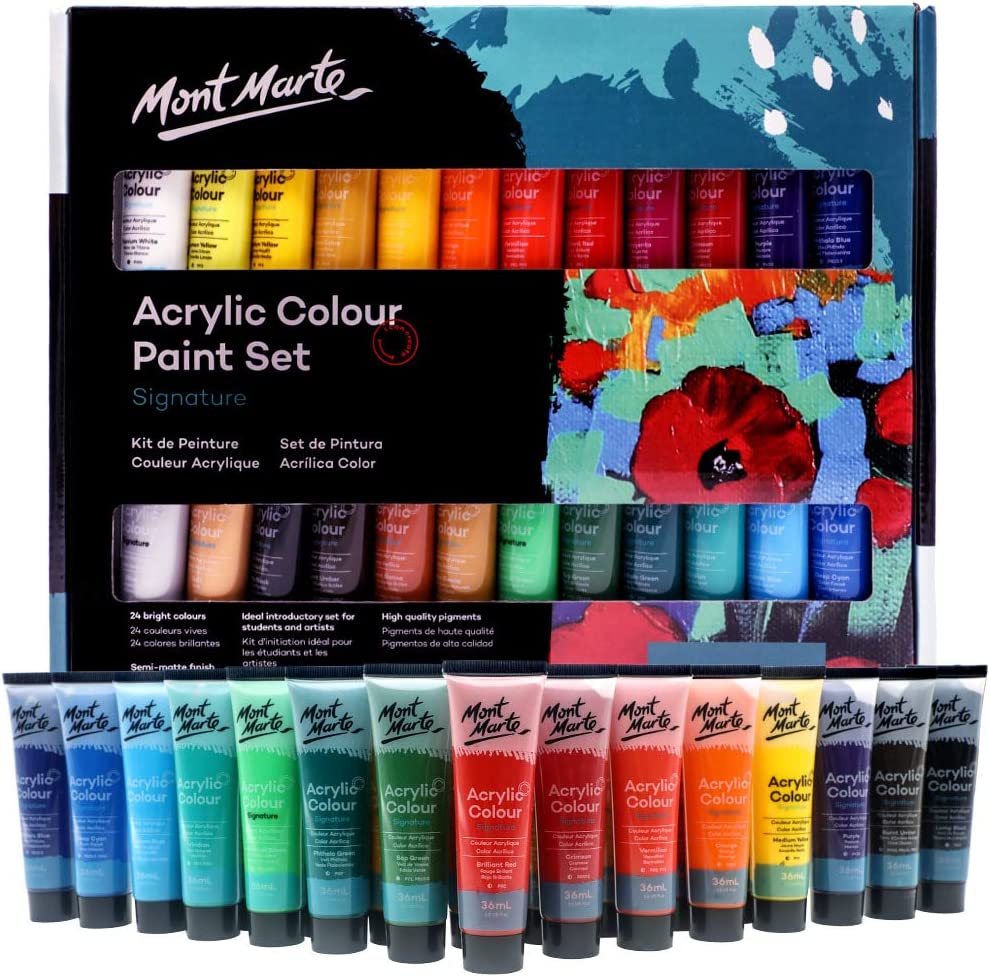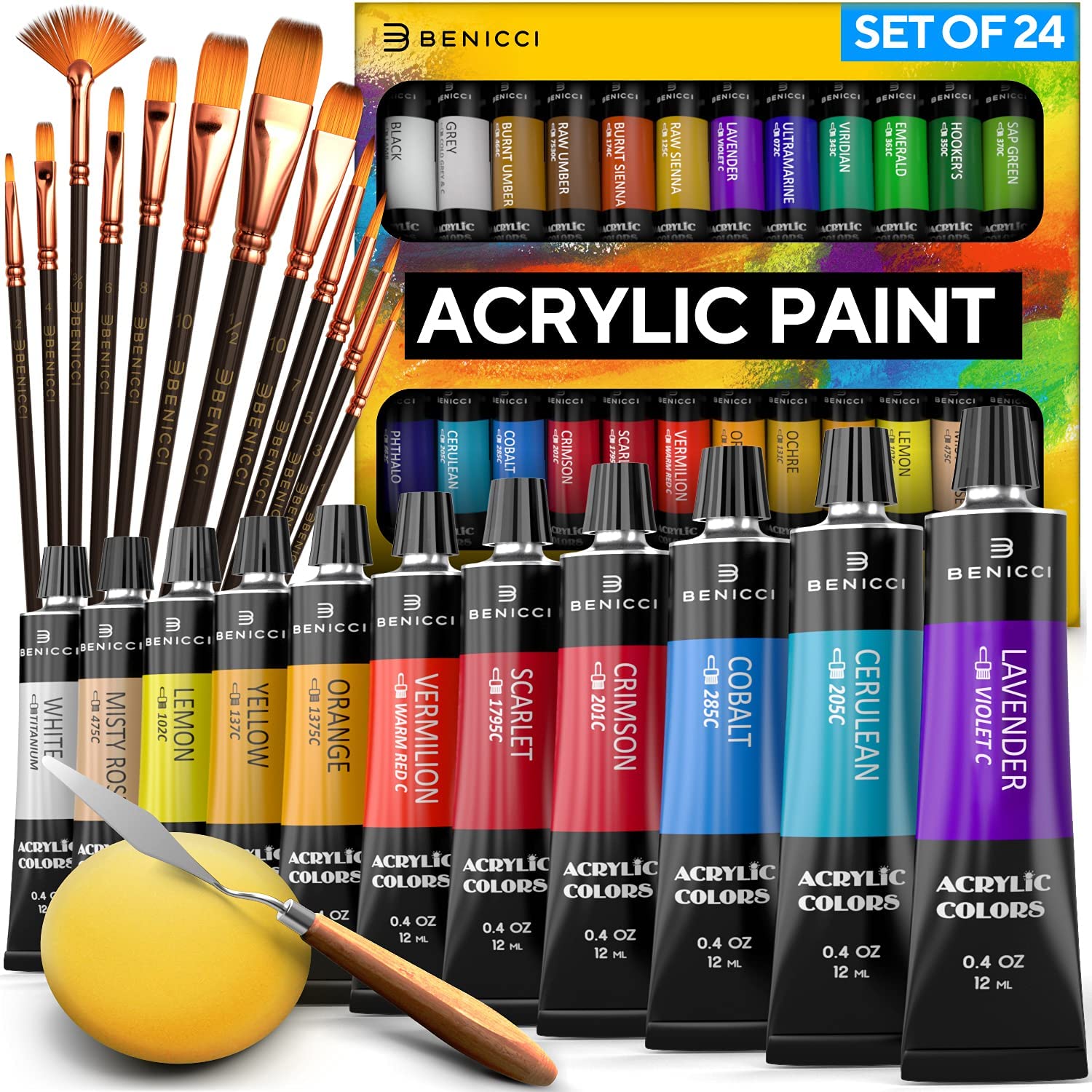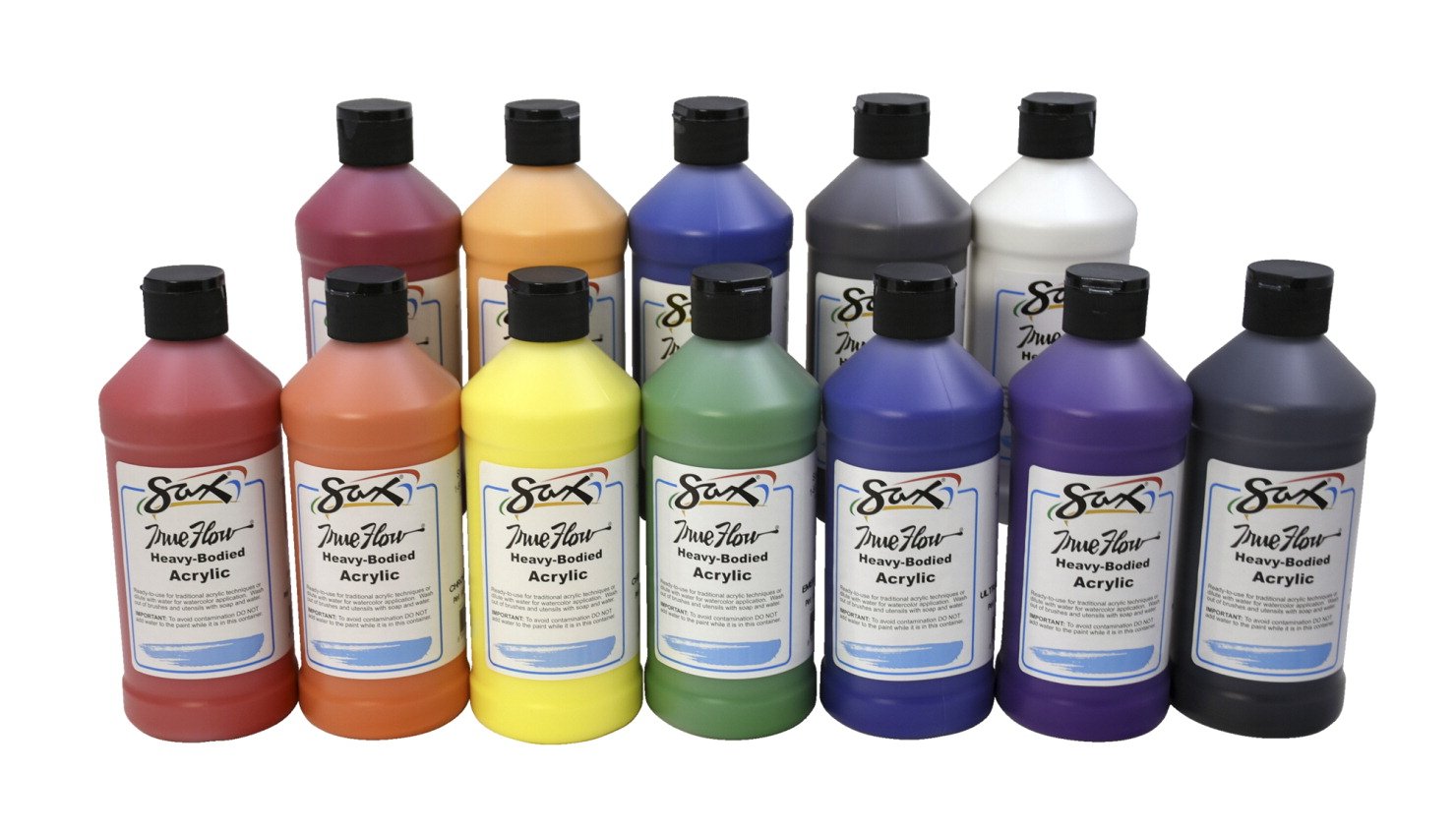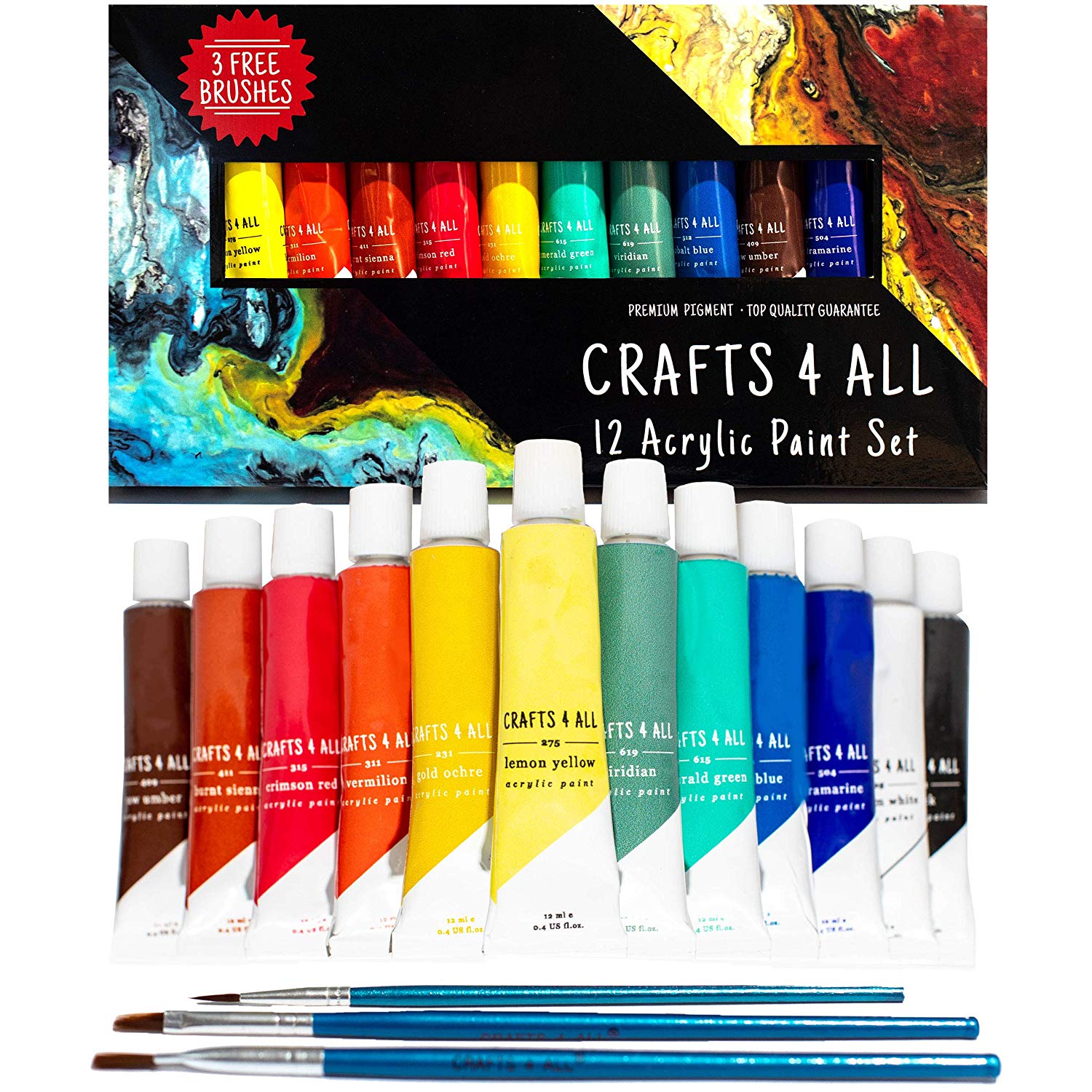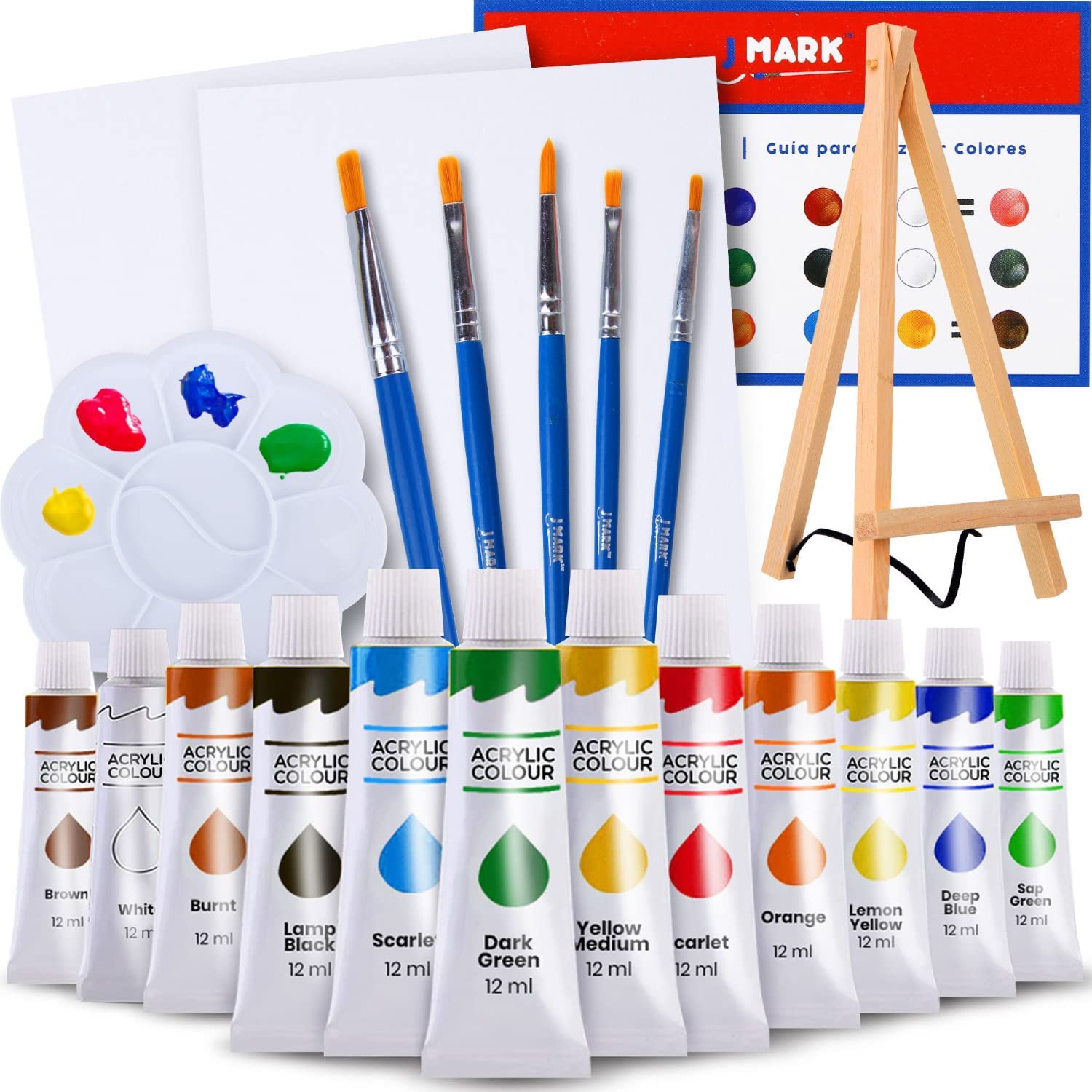Zenacolor Water Based Acrylic Paint Set, 20-Count
Last updated: March 1, 2023
This acrylic paint is non-toxic and water-based, which means its both safe and easy to clean up. Each of the tubes have a high concentration of pigments for some of the most vibrant colors you've ever seen. They also resist fading for long lasting color.
We looked at the top Acrylic Paints and dug through the reviews from some of the most popular review sites. Through this analysis, we've determined the best Acrylic Paint you should buy.
Product Details
Key Takeaway: Whether you're painting wood or fabric, this acrylic paint set gets the job done.
In our analysis of 38 expert reviews, the Zenacolor Water Based Acrylic Paint Set, 20-Count placed 7th when we looked at the top 17 products in the category. For the full ranking, see below.From The Manufacturer
HIGH QUALITY FOR HIGH INTENSITY – The acrylic paint set has a high concentration of pigments, which gives these art supplies intense brightness and better resistance to light fading. QUANTITY AND QUALITY – With the 4 Oz (120 mL) tubes of acrylic paint, you can start painting without having to worry about running out of fabric paint and or their composition : they are water-based and non-toxic (wash off with soap and water). EASY-TO-MIX FOR INFINITE POSSIBILITIES – The 12 tubes of acrilycs paint include a wide range of hues (blue, black, red, yellow, white, etc.) and these acrylic paint sets for adults can be mixed easily, resulting in an infinite range of colors. EXPRESS YOUR CREATIVITY – Our art set of 12 tubes of acrylic art paint is ideal for artists of any level, from kids and beginners to professionals : this paint kit can be used on a wide variety of materials and medium such as painting canvas, wood, watercolor paper pad or sketch book, cardboard, plaster, plastic, metal. ZENACOLOR GUARANTEE – Since your total satisfaction with our paint acrylic for artists is our priority, Zenacolor offers a 30-day “100% satisfaction or your money back” guarantee, as well as a 2-year manufacturer’s warranty on your art supplies.
Our Expert Consultant

Artist and art educator
Artist and educator Amy Markham is the creator of Starling, a podcast dedicated to helping artists develop depth in their creative practice. A graduate of Virginia Commonwealth University, Amy has been an art educator since 2001. Today, she teaches middle school art at a school outside of Memphis, Tennessee. Her personal artwork explores myth-making and symbolic understandings. Through her brand, Starling Creative Living, she leads others to explore art production as a method for enriching their life experience.
